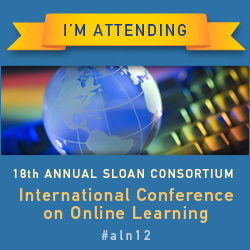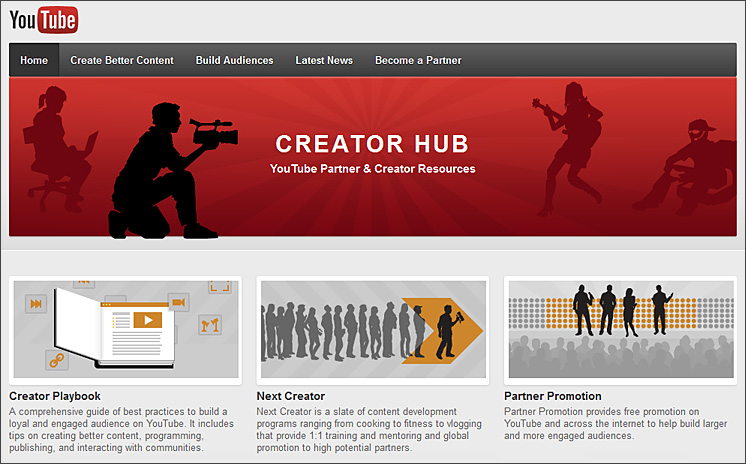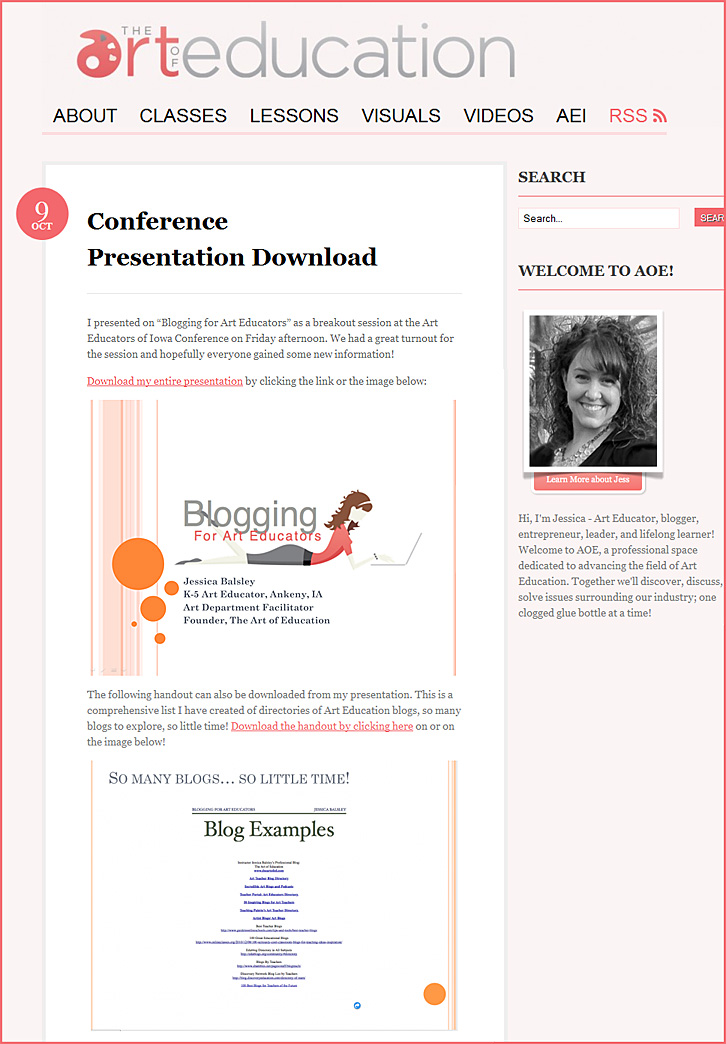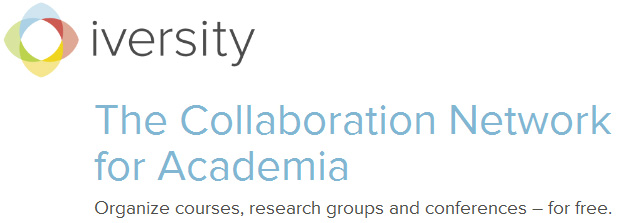.
Also on that page, a link to:
From DSC:
Why do I keep putting these items re: robotics up on a blog called Learning Ecosystems? Off the top of my head, here are a couple of the reasons why:
- Each year, more workers are losing their jobs to robots. Such workers, if they want to remain in the workforce, are going to need to go back and do some more learning. Lifelong learning continues its way to becoming the norm now. To put it another way…we are potentially leaving a large swath of people behind in this quickly moving technological age — with a larger swath amassing unless such folks can reinvent themselves. Such reinventing work will likely require obtaining some new skills and/or knowledge
- It relates to engineering and computer science, two (of the many) disciplines that I’m interested in and like to keep an eye on.
Do not wait to take control of your professional development –– by Harold Jarche
Excerpt (emphasis DSC):
What happens when freelancing becomes the norm?
The US is no longer an industrial-based society where you can count on having a job for life and a sparkly new watch at your retirement party. (And forget about that pension.) According to the Freelancers Union, one in three workers are now toiling as freelancers, temps, “permalancers”, perma-temps, contractors, contingent workers, etc. That amounts to some 42 million freelancers in the US – people who are working without the benefit of employer-sponsored health insurance, 401k plans and flexible spending accounts. – How America is becoming a nation of freelancers
The 2011 State of the Industry: Increased Commitment to Workplace Learning — from ASTD.org by Michael Green and Erin McGill
Excerpt:
Despite current economic challenges, senior executives continue to invest in developing their employees and understand that a highly skilled workforce is a strategic differentiator. Data from more than 400 organizations across all major industries demonstrate that learning and development is critical to drive growth and sustain a competitive advantage.
The findings of ASTD’s 2011 State of the Industry Report show that organizations are just as committed as ever to learning and development (L&D). ASTD estimates that U.S. organizations spent about $171.5 billion on employee L&D in 2010. This amount includes direct learning expenditures such as the learning function’s staff salaries, administrative learning costs, and nonsalary delivery costs. Sixty percent ($103 billion) of total expenditures were spent on internal expenses and the remaining 40 percent ($68.5 billion) contributed to external expenses.
NMC launches iTunes U site — from the New Media Consortium
Excerpt:
The NMC is pleased to announce the NMC iTunes U Collection. This site is home to nearly a decade’s worth of content — all of it completely free and easy to find. We’re utilizing iTunes U to package and distribute all sorts of NMC media in forms that are both familiar and useful for educators and students. For example, every NMC publication, every keynote from dozens of NMC events, every NMC Horizon Report, plus podcasts, webinar archives, workshops, papers, conference programs, and communiqués are now all available at iTunes U > New Media Consortium.




















